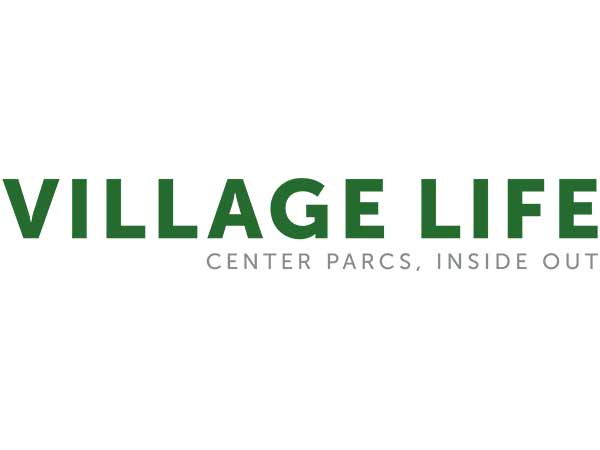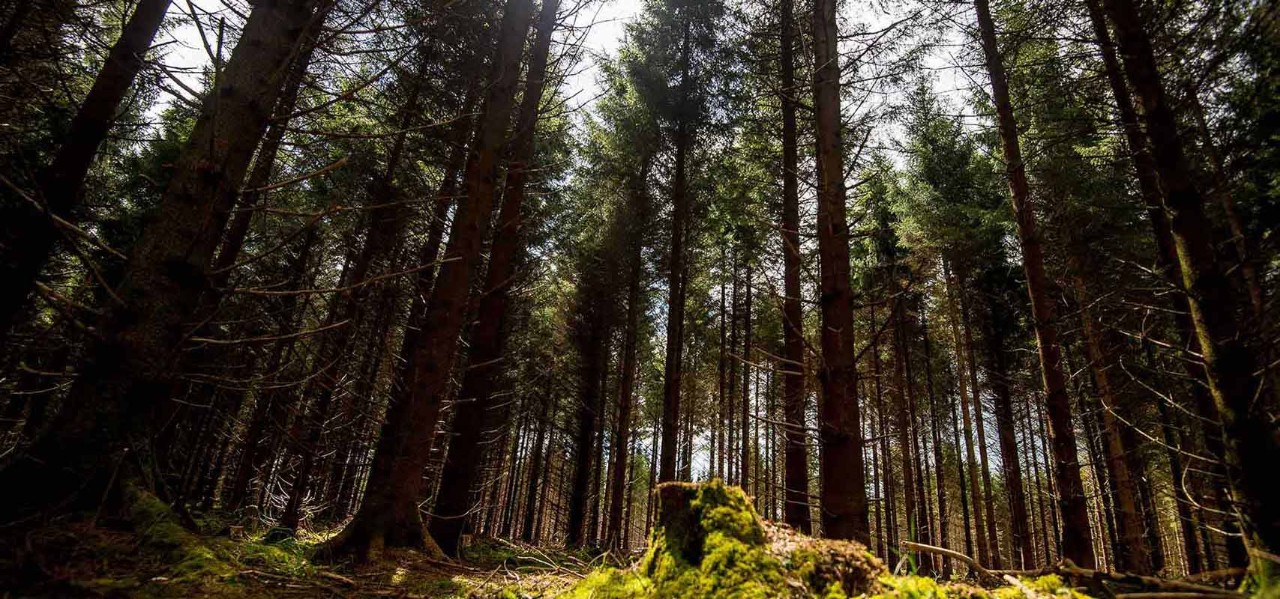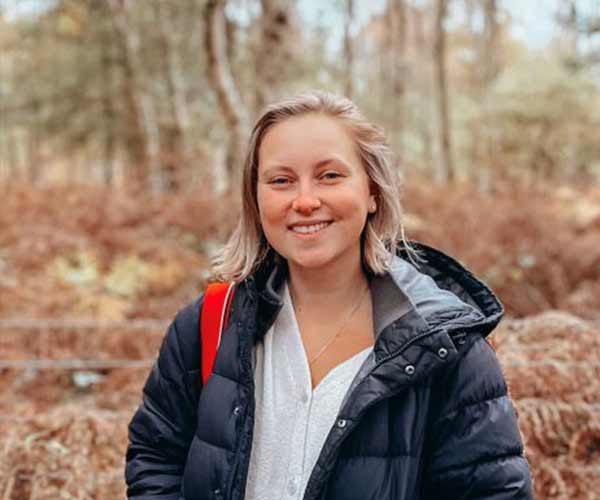can-you-bee-lieve-its-world-bee-day
It’s World Bee Day! Britain is home to approximately 270 species of bee, which pollinate our food crops and are vital for the survival of plants and wildlife. At Center Parcs, we’ve got a bee in our bonnet when it comes to protecting these important pollinators. From bee houses to wildflower areas, there are plenty of ways we’re helping them to thrive.
Bee Banks
Our villages have mounds of earth which are left bare for bees to build into. These banks provide a nest for the bees that live underground, and a safe place for them to spend the autumn and winter months.
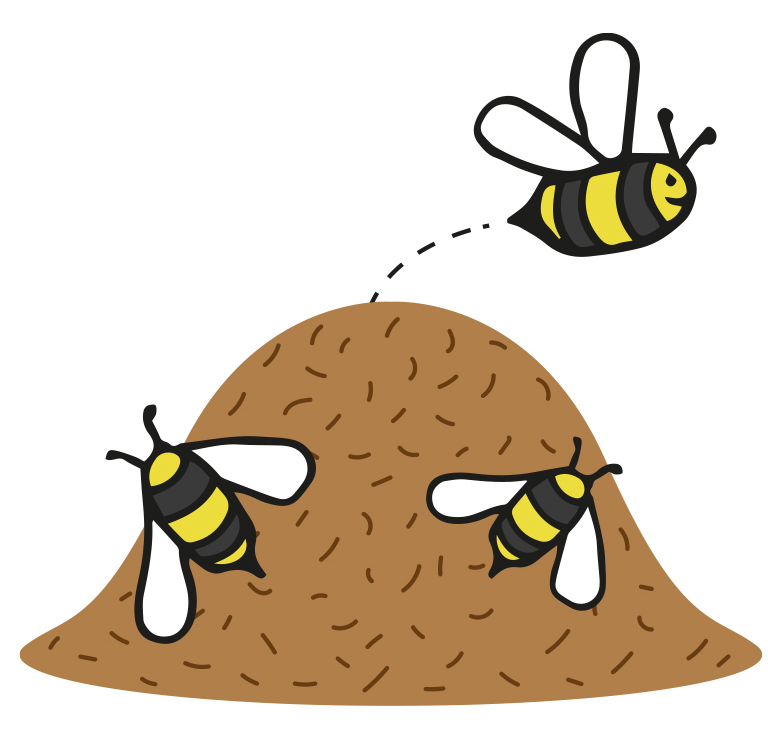
Award-winning living roof
At Woburn Forest, we created a plant-covered 'Green Roof' on the Plaza and The Pancake House, which creates an inviting habitat for pollinating insects. We were recognised as a Bee's Needs Champion by The Department for Environment, Food and Rural Affairs.

Wildflower Wonders
Our specially-designed wildflower areas play a key part in supporting the bees and other pollinating species. Last year we enriched approximately 75 square meters at Woburn Forest with wildflower turf.
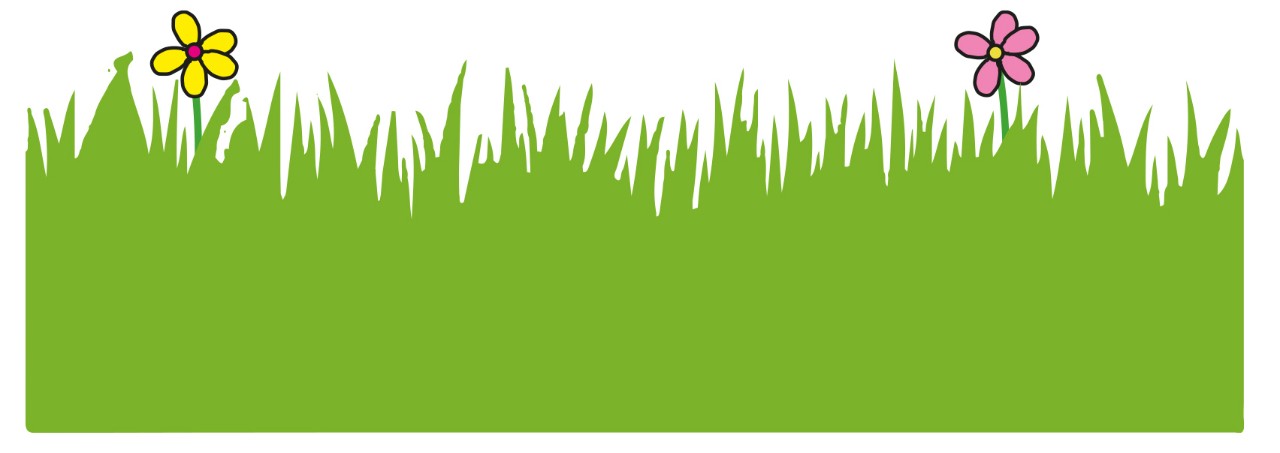
We have between 40-50 bee houses at each of our villages

Get close to nature
Center Parcs is all about being immersed in the forest and getting up close to nature, and there’s so much you can do on your short break to help the wildlife around you. Take part in a Nature Walk or Build a Bird House or Nature House to take home with you and watch your garden come to life - what will you spot? Take a trip to the Nature Centre and speak to the rangers – they’ll tell you all about what you can do to help wildlife to thrive.
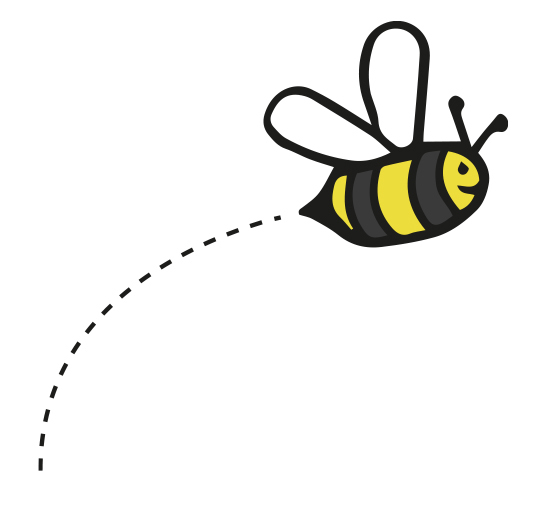
Help at home
We can all do our bit to help the bees at home. Why not take part in No Mow May? This is a national campaign to encourage people not to mow their lawns, which boosts the flowers, and nectar, available to pollinating insects like bees and butterflies. Plant some wildflowers in your garden and create a buzzing hub for the bees and pollinating creatures that visit. Create a bee bank in your back garden, a mound of earth which are left bare for bees to build into. These banks provide a nest for the bees that live underground, and a safe place for them to spend the autumn and winter months.

Read more about the living roof at Woburn Forest.
To discover more about the types of bees that you can find in Britain, There’s a “buzz” at Center Parcs…
